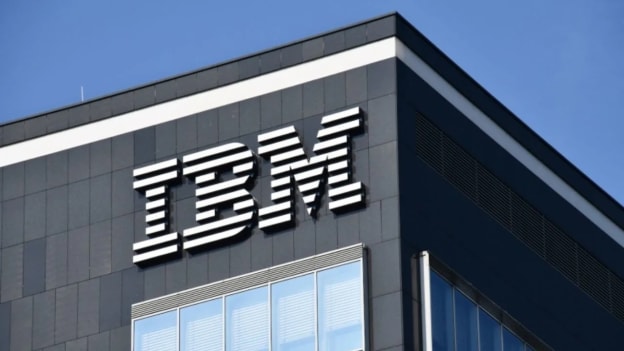IBM fires 8,000 for AI efficiency—then quietly rehires to fill the gaps

In 2023, IBM made global headlines for laying off around 8,000 employees—most from its human resources division—as it rolled out a proprietary AI platform, AskHR, designed to automate repetitive administrative functions. Yet, instead of shrinking its overall workforce, IBM ended up hiring just as many people again, this time in areas far removed from traditional HR.
The transformation, as detailed in a recent interview with CEO Arvind Krishna in The Wall Street Journal, reveals a strategic workforce pivot: replace routine jobs with automation, and reinvest in roles that require human creativity, problem-solving, and customer engagement.
AskHR was engineered to streamline processes like vacation requests, payroll management, and employee documentation. The AI system now handles approximately 94% of these tasks and logged over 11.5 million interactions in 2024 alone. The impact was not only functional—IBM reported a significant customer satisfaction boost, with its net promoter score climbing from -35 to +74.
The productivity gains were also hard to ignore. IBM estimates that automating HR tasks led to a $3.5 billion improvement in efficiency across more than 70 job roles globally.
But the surprise was in the headcount. Despite job cuts, IBM’s total workforce actually grew. “Our total employment has gone up,” Krishna told WSJ. “AI lets us redirect investment into areas that need human touch — such as software engineering, sales, and marketing.”
This shift captures a broader industry trend: AI is not simply replacing jobs—it’s reshaping them. Routine roles are phased out, while demand grows for people who can design, implement, and commercialise AI-driven solutions. The message from IBM is clear—automation can be a growth driver if businesses are prepared to reimagine their workforce and reinvest strategically.
Other companies have attempted similar transitions with mixed results. Language learning platform Duolingo, for instance, leaned heavily on AI chatbots, only to find the tech couldn’t fully replace human tutors. The company had to rehire to fill service gaps. IBM avoided this pitfall by acknowledging AI’s limitations—around 6% of HR-related queries still require human assistance.
The AskHR platform succeeded because it was implemented with a long-term talent strategy. Rather than viewing automation as a cost-cutting exercise, IBM treated it as a lever for reinvention. Its decision to replace HR tasks wasn’t the end of the conversation—it was the start of a new hiring cycle focused on high-impact, less automatable roles.
For leaders in HR and business transformation, IBM’s approach offers both a warning and a roadmap. Automation will eliminate roles—but those roles can and should be replaced by more future-ready positions. The key lies in reskilling, internal mobility, and redesigning workforce strategies around business value, not just operational efficiency.
IBM now employs over 270,000 people globally. It has shown that even aggressive automation need not lead to net job loss. What it demands instead is agility—both in tech adoption and in people strategy.
The company’s AI pivot illustrates the future of work: less about headcount reduction, more about talent reallocation. In an era where AI is rapidly altering job design, IBM stands out for leveraging automation as a springboard for workforce transformation rather than just a blunt tool for downsizing.













